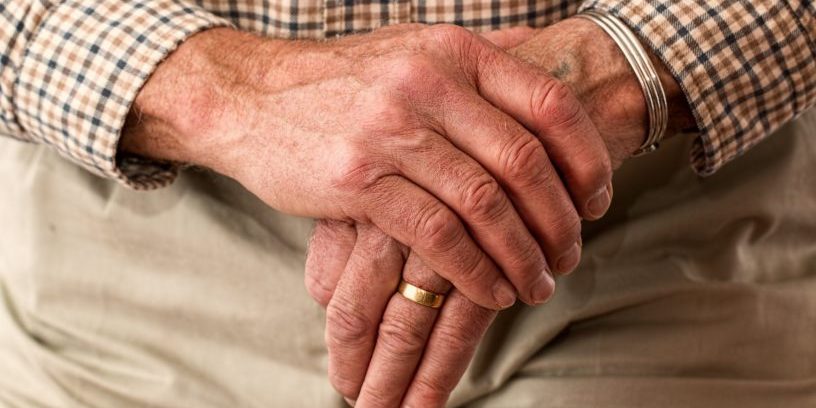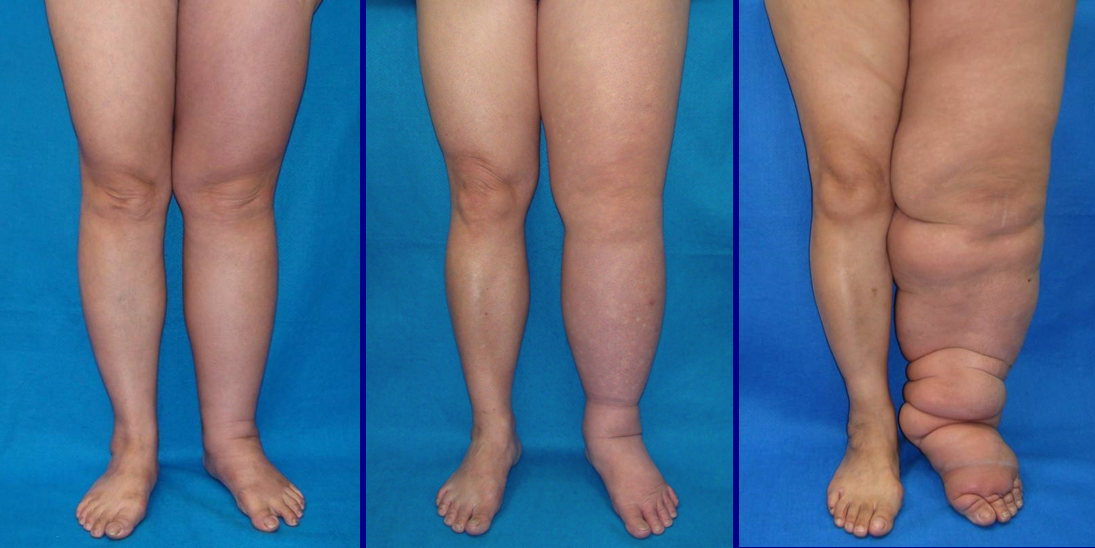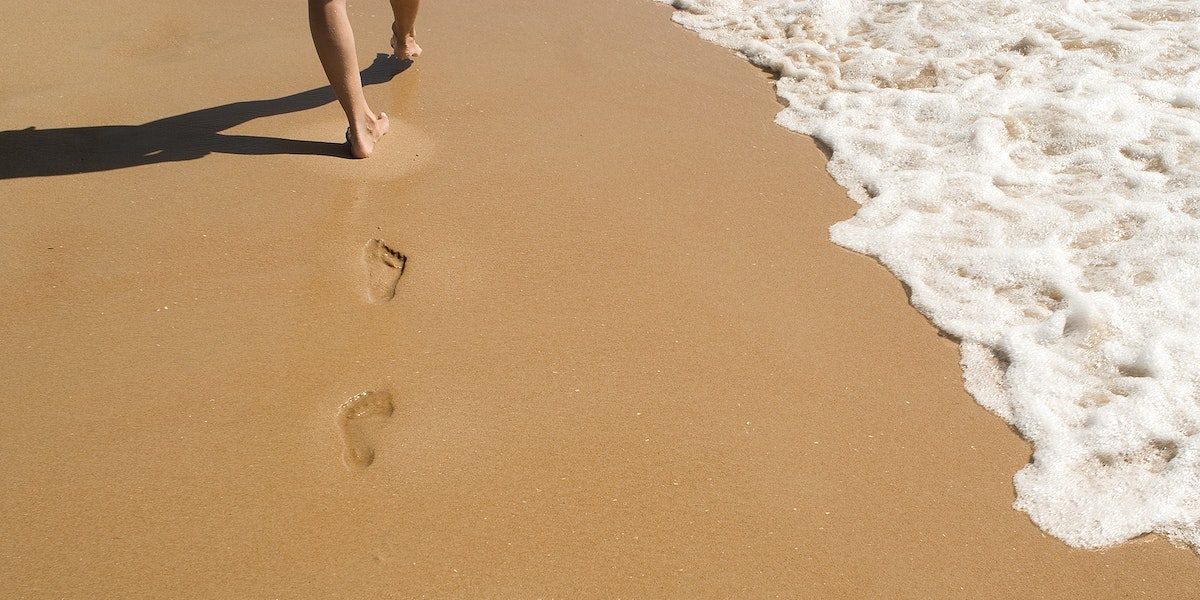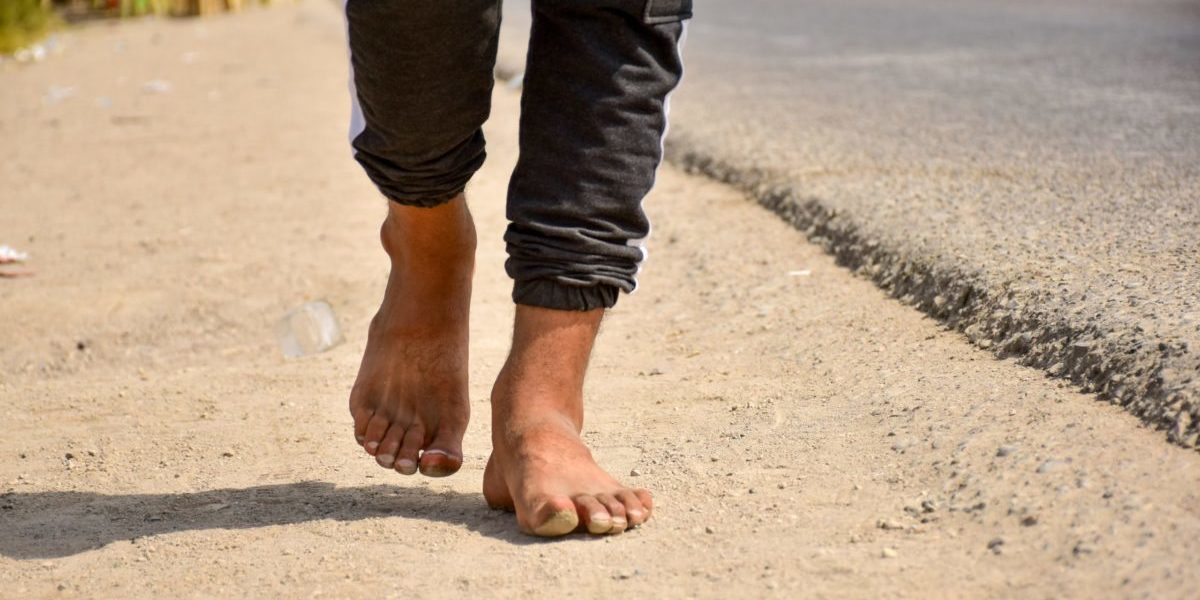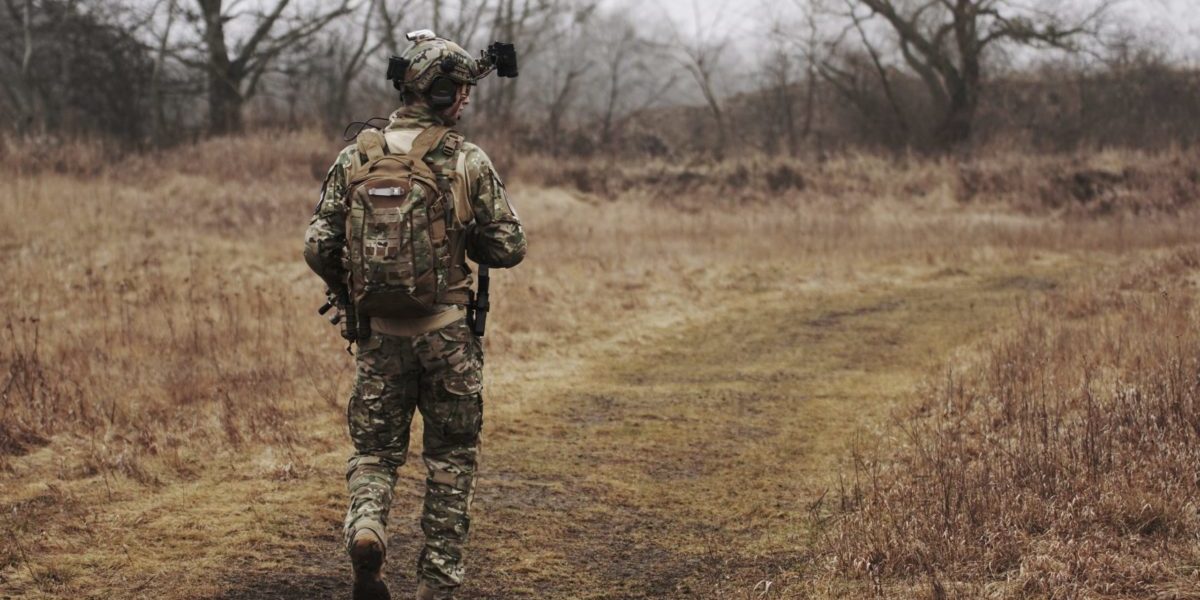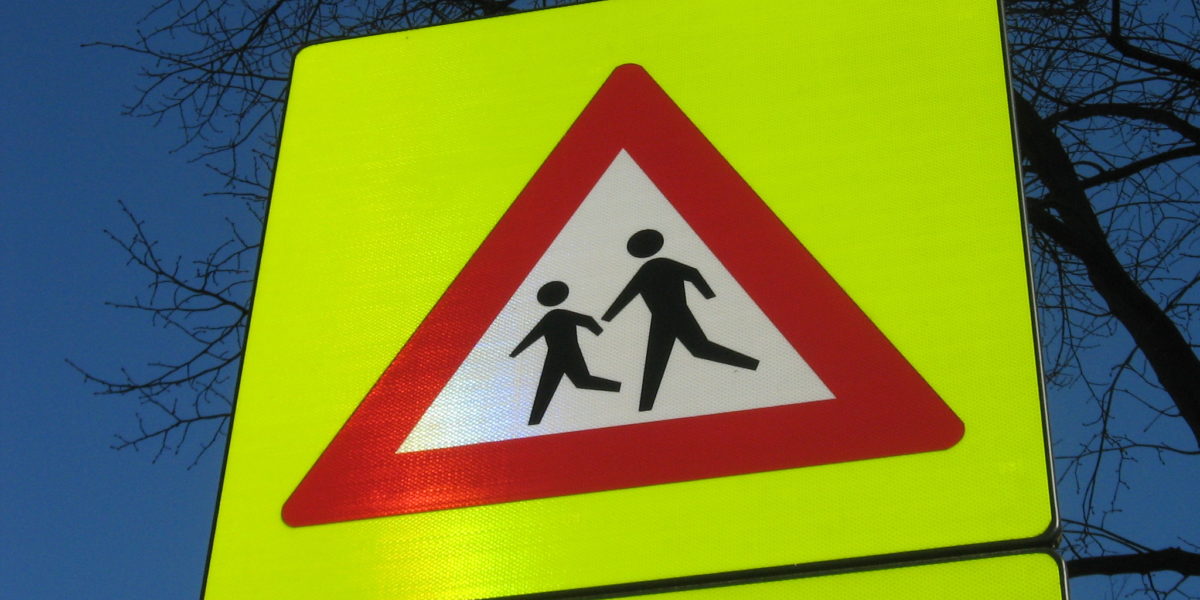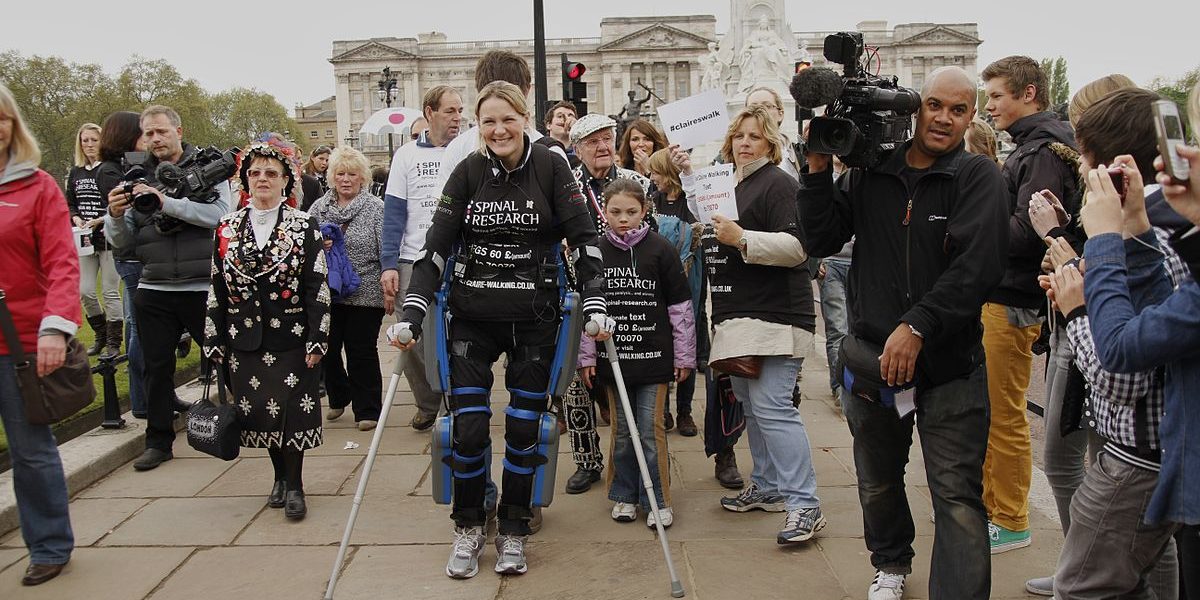How do pressure profiles and shear stresses in prosthetic sockets affect prosthesis user comfort? For prosthesis users, comfort is essential for mobility, quality of life, and long-term health. The fit and alignment of a prosthesis are highly individualized and crucial for instilling confidence in daily activities. However, current prosthesis fittings are largely subjective, depending on the prosthetist’s experience and user feedback. This qualitative method often overlooks the critical factor of pressure distribution within the socket, which can significantly impact pain levels and ease of movement.
Read more: Balancing the Load: Understanding Pressure Distribution in Prosthetic Sockets Continue reading “Balancing the Load: Understanding Pressure Distribution in Prosthetic Sockets”Tag: walking
How is Biomechanics Used in the Treatment of Parkinson’s Disease?
Parkinson’s disease is the second most common neurodegenerative disease with 90,000 Americans being diagnosed every year. Parkinson’s is a difficult disease to detect; there are no blood or lab test to diagnosis it. Diagnoses are symptom based. Parkinson’s patients often do not know they have the disease until after having dealt with it for years. Some of the early symptoms such as facial masking (lack of facial expression), small handwriting, or speaking softly do not directly point to a Parkinson’s disease diagnoses. A patient comes in with tremors, muscle rigidity, poor balance, and slowed movements and are then assumed to have Parkinson’s disease. If their symptoms improve with medication, the diagnosis is confirmed. Biomechanics is a useful tool in the evaluation of the progression of the disease as well as its continued treatment.
Continue reading “How is Biomechanics Used in the Treatment of Parkinson’s Disease?”Footsteps and Force-Waves: New Methods of Measuring Lymphedema
The lymphatic system is a system of vessels and lymph nodes that runs parallel to our vascular system. It takes up extra fluid from around our cells, filters it, and returns the liquid to our circulatory system. When part of the lymphatic system is damaged by surgery, radiation treatments, or injury, a progressive disease called lymphedema can occur.
Continue reading “Footsteps and Force-Waves: New Methods of Measuring Lymphedema”Too Tall to Run: How a Giraffes Height Affects their Locomotion
Seeing a giraffe for the first time, one is amazed by their long necks and long legs, but do you ever wonder how their long skinny legs can support their large body mass as they move about? Studies have shown that a giraffe’s legs undergo a large ground reaction force when walking freely and an even larger ground reaction force when moving at a faster speed than walking.
Continue reading “Too Tall to Run: How a Giraffes Height Affects their Locomotion”Do your Foot Arches make you more or less likely to be injured?
Have you ever wondered how your arch type may affect your everyday life especially in physical activities such as running or playing sports? Well it turns out that without taking precautions, a higher arch or a flat foot may cause you to more likely be injured! People have all different types of arches, and each foot can be affected differently based on the type of arch.
Continue reading “Do your Foot Arches make you more or less likely to be injured?”Have you ever wondered how your arch type may affect your everyday life especially in physical activities such as running or playing sports? Well it turns out that without taking precautions, a higher arch or a flat foot may cause you to more likely be injured! People have all different types of arches, and each foot can be affected differently based on the type of arch.
Continue reading “Do your Foot Arches make you more or less likely to be injured?”Ditching the shoes: Minimalist trend or natural advantage?
The discussion of returning to minimalist ways, namely walking or running barefoot, is a question that rises in many circles, from new parents to elite runners.
Continue reading “Ditching the shoes: Minimalist trend or natural advantage?”The Weight of Combat: Are powered exoskeletons the solution to heavy combat loads?
Have you ever wondered how much weight a soldier carries in a combat zone?
Continue reading “The Weight of Combat: Are powered exoskeletons the solution to heavy combat loads?”Put One Foot in Front of the Other? It’s Not that Easy
From Christmas movies to pop songs to motivational posters, we are encouraged to keep putting “one foot in front of the other.” While the sentiment is inspiring, recent studies show that there is a lot more to the seemingly simple task of walking than this phrase would suggest. Understanding this is especially important for balance and mobility after an injury or as people age.
Continue reading “Put One Foot in Front of the Other? It’s Not that Easy”Medical Marvel: Robotic exoskeletons enable those with spinal cord injury to walk again
A fall off of her horse in 2007 caused Claire Lomas to lose all function in her legs. In 2012, she completed the London Marathon, all 26.2 miles. Robotic exoskeletons can literally get people back on their feet shortly after a spinal cord injury occurs, but how exactly do these medical devices not only supplement but restore human performance? What does the future look like for robotic exoskeletons and those with paralysis?
Continue reading “Medical Marvel: Robotic exoskeletons enable those with spinal cord injury to walk again”
